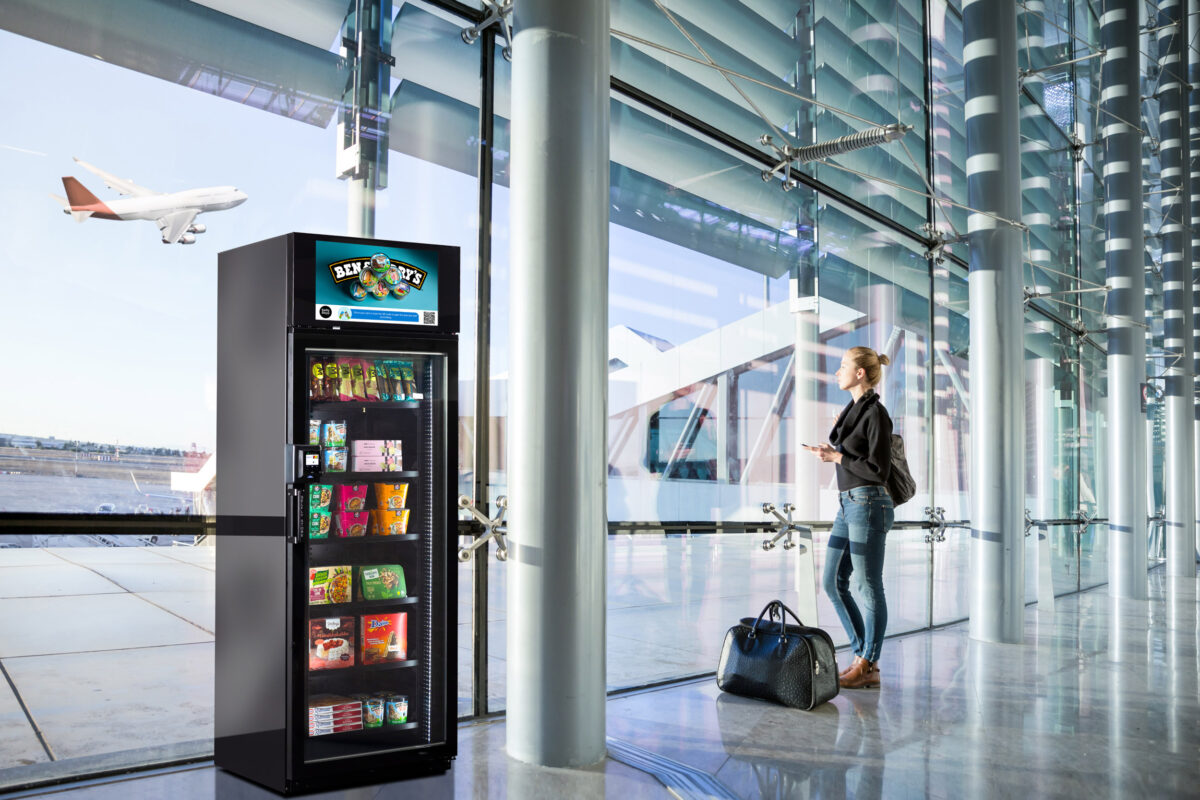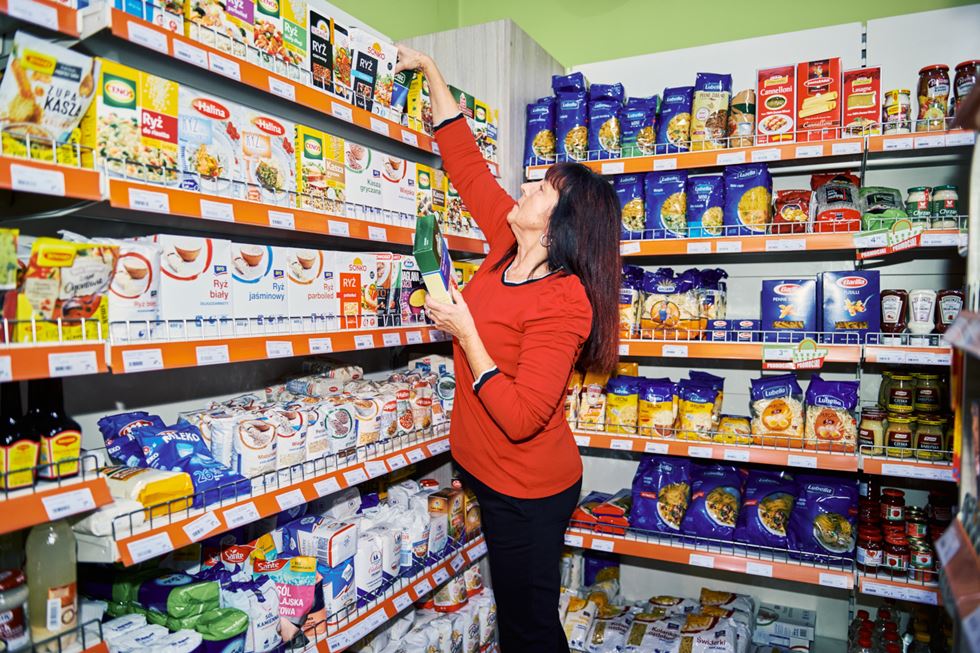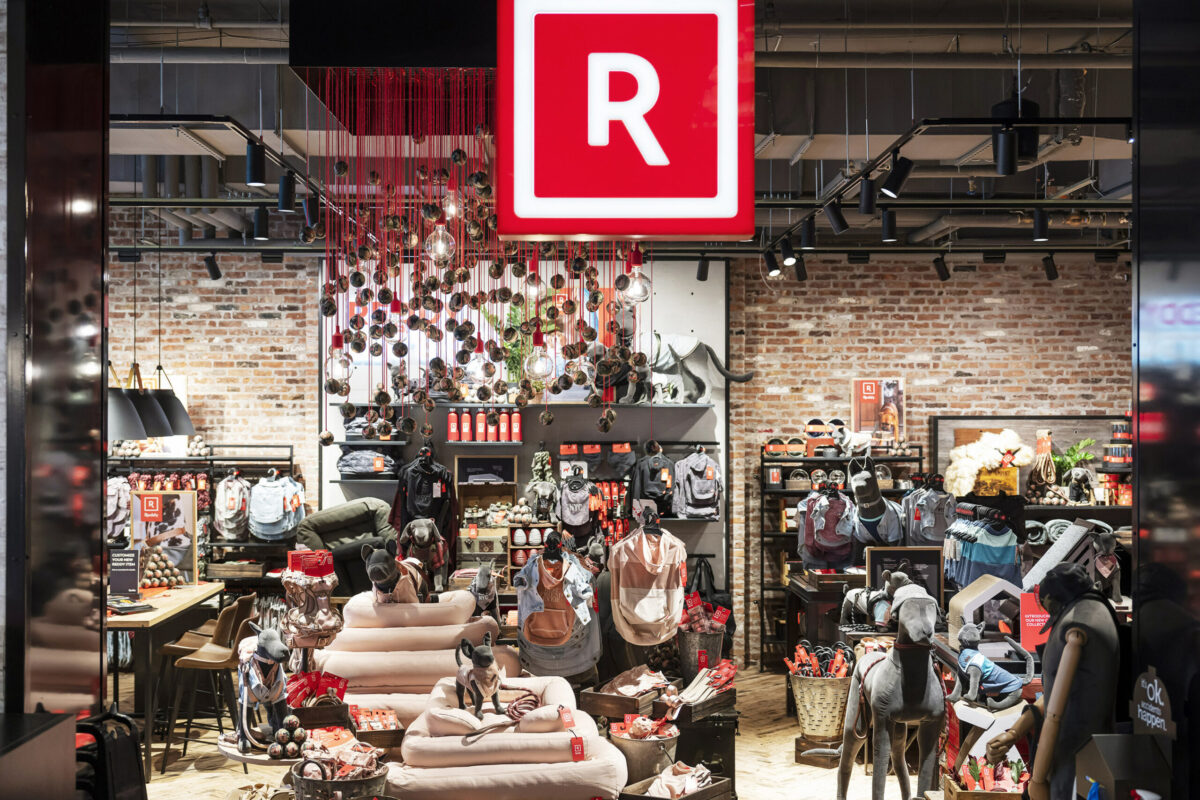How open banking could revolutionize the retail sector and the customer experience
By Katja Laska (exclusively for EuroCIS.mag)
“Open banking makes transactions faster and more secure and allows customers and merchants to get a better overview of the payment status,” says Sebastian Tiesler, Country Manager of the banking platform TrueLayer. In this interview, he explains why this strategy is the future of payments.
Mr. Tiesler, what are the challenges when it comes to retail payment options?

Sebastian Tiesler © TrueLayer
Sebastian Tiesler: The biggest drawback is that retailers don’t fully appreciate the importance of the right payment mix and subsequent adjustments to meet customer preferences and needs. Customers are critical for retailers, which means the latter should make it as easy, fast, and secure as possible for them to pay – both offline at the point of sale (POS) and online in e-commerce. This doesn’t just pertain to the promise and possibilities of open banking, but also relates to matching the respective payment options to the respective market segment and target group.
In Germany, one example is card payments. Right now, up to seven parties are involved in a card transaction: the customer, the payment gateway, the card system, the credit payment processor, the retailer’s bank, the retailer, and the customer’s bank. Often there are also other parties involved. The more complex a process, the greater the chance that fraud will slip through the cracks. This applies especially to digital payment transactions that no longer require a physical card.
Another problem is checkout abandonment, which makes it challenging to cultivate long-term customer loyalty.
What solutions do you see for this issue?
Let’s take e-wallets as an alternative payment method, for example. According to forecasts, over 31 percent of e-commerce payments will be made via e-wallets in 2026. However, brick-and-mortar stores should also consider alternative payment options. We already saw this when card payments got rejected in Germany in May 2022. These are cases when retailers suffer big losses and customer satisfaction decreases.
What should retailers consider as it pertains to payment processes for their business?

© Chibelek
We must distinguish between brick-and-mortar retail and e-commerce payment methods, although the boundaries are becoming increasingly blurred. Besides cash, card-based payments dominate at the POS. In e-commerce, customers can pay using the traditional payment systems (including transfers, direct debit, cash on delivery, credit card), which were not specifically developed for electronic commerce, but were in part adapted for it. Other options include explicit methods of electronic payments (for example, PayPal, instant transfer) that were specifically designed for the online retail sector.
Retailers must take the payment behavior of their customers into account. That means, they must identify the most popular payment method and recognize trends. Another important aspect to consider is the retailer’s market segment. Online retailers are challenged by shopping cart abandonment and fraud, whereas customers expect quick and easy processes. It is a balancing act and there is no one-size-fits-all approach that works for all retailers.
Let’s talk about open banking: What is it and how could it affect payment behavior in the future?
Open banking gives consumers the power to share their financial data with providers of their choosing. Previously, only banks and financial institutions had full control over this information. Third-party providers can now also access the data if consumers consent to it. This unlocks brand-new opportunities for retailers, as they can access account information – with customer consent -, offer personalized and relevant additional product and service options, and improve the customer experience.
What does this look like in practice?
Let me use the telecommunications industry to illustrate: Currently, telecommunications businesses are much more than mere service providers as most of them also have their own online stores, selling products. With open banking, they can offer loans more quickly because they can make better assessments of the financial situation of consumers. This means that customers no longer need to worry about building credit and improving their credit score before they can buy new consumer electronics.
Open banking makes account verification, easy payments, and income verification easier. With high-ticket items like cars, the ability to pay – and get paid – instantly makes the buying experience a lot less nerve-wracking. Open banking provides an improved payment experience by eliminating manual data entry for bank transfers and the need to reconcile data. It also eliminates human error and expensive transaction fees.
Strong customer authentication (SCA) — the part of the payment journey where the customer takes an extra step to authenticate the payment within the banking app — has also helped reduce fraud.
Moving away from cash: Changing the payments landscape can also mean risks for customers and retailers. What’s your take on this?
That is correct, but there are strategies to minimize those risks. Over 70 percent of retailers have already been subjected to false customer information pertaining to name, address, or identity. They provided products or services, but never received payment. Thirty-four percent of retailers have already dealt with stolen card details.
There are three specific ways that open banking payments will help keep e-commerce fraud to a minimum:
- Every payment is strongly authenticated: When a customer confirms their purchase and chooses open banking at checkout, they are sent to their bank’s app to strongly authenticate, usually with biometrics.
- No card details are shared with the merchant: The only data transmitted during an open banking payment are the payment instructions, which are sent securely to the customer’s bank, rather than the merchant.
- Payment details are pre-populated: When customers choose to pay using open banking, their details are pre-populated by the open banking payment provider, who has a contract with the merchant. This effectively eliminates the possibility that funds could go to the wrong place with missing information or end up in the hands of a fraudster.
Let’s take a look into the future: How will we make payments in 5 to 10 years and what does that mean for the retail sector?
I believe digital payment trends will accelerate significantly. That’s especially the case when Gen Z – the digital natives – or Generation Alpha, who grow up with mobile devices and are used to faster communication (via TikTok, for example) and digital reward systems (gaming), become the driving forces of our society. The retail industry must keep up with these needs and smartly integrate payment options into their services to ensure payment is not seen as a separate process, but as something that can be completed quickly and easily.




















